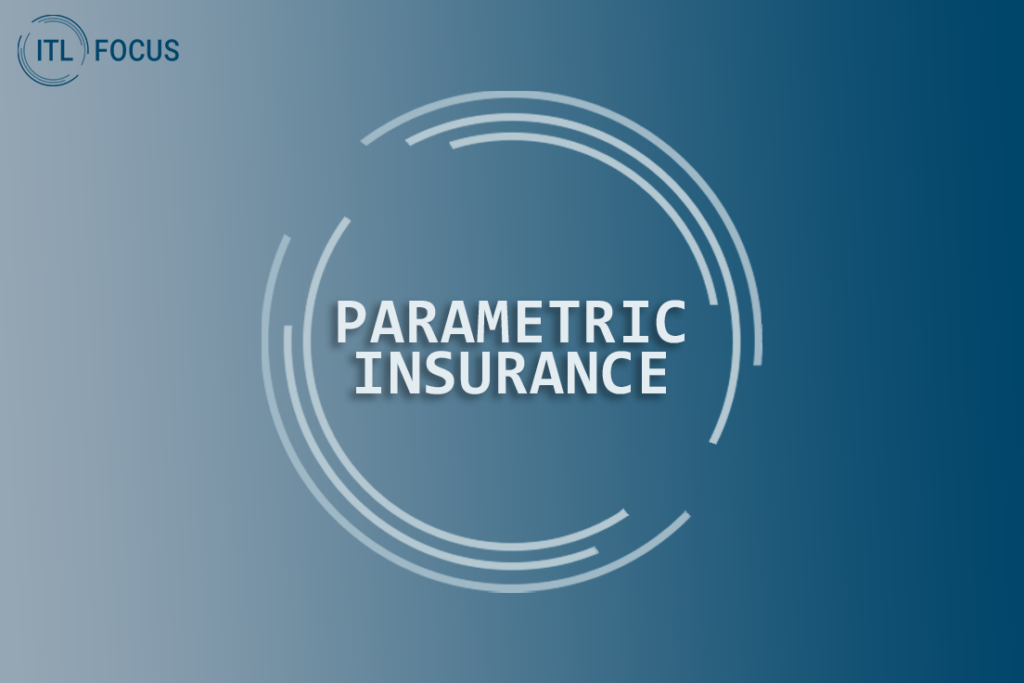
JANUARY 2022 FOCUS OF THE MONTH: PARAMETRIC INSURANCE
Subscribe to Six Things Today!
-
![]()
FROM THE EDITOR
When you strip insurance down to its essence, there are just three components related to indemnification. There is a client/contract. There is a yes/no mechanism for determining whether a payment is triggered to that client under that contract, as well as the amount. And there is capital, whether from an insurer, a reinsurer or the capital markets. That’s it: a client, a judgment mechanism and money.
And when industries go digital, as insurance is, they get stripped down to their essentials, which can be recombined in new, even surprising, ways. Look at photography. For more than a century, since George Eastman patented the first roll of film and founded Eastman Kodak in the 1880s, photography was associated with its physical manifestations–the cameras, the film, the chemicals and the prints. In the digital age, photography is stripped down to its essence: an image. Cameras now are built into almost every conceivable type of device, especially smartphones, and images are shared without ever getting near a chemical or piece of paper. As a result, profits and market value have moved away from the physical manifestations, including Kodak, and to Facebook/Instagram, TikTok, etc.
This is where parametric insurance comes in. By having a simple yes/no metric, such as a temperature that rises above a certain level or drops below a specified level for an agreed-upon amount of time, parametric insurance removes the need to have an adjuster go into the field to inspect, say, crop damage and offers a path to accelerated digitization for insurance. The approach both cuts costs and greatly speeds payment–offering benefits both to insurers and customers.
As always, there’s complexity to parametric insurance. Almost nothing about digitization is as simple as the theory suggests. Remember when ATMs replaced bank branches? When travel websites eliminated travel agents? Yeah, neither do I. But parametric insurance has great potential, which I hope you’ll explore by reading this month’s interview and by exploring the the links we’ve provided, including to the six articles below.
Cheers,
Paul Carroll, ITL’s Editor-in-Chief
INTERVIEW WITH HENRY GALE
As part of this month’s ITL Focus on parametric insurance, we spoke with Henry Gale, parametric insurance research lead at Instech London, on the prospects for this increasingly popular approach to insurance.
What to Read
 |
Growing Case for Parametric CoverageThere have been four notable launches or expansions just in the past month for parametric insurance–innovation is speeding up. |
 |
Parametric Insurance: Is It the Future?It’s worth looking beyond COVID-19 to consider a funding mechanism that can radically change the most basic nature of insurance. |
 |
Parametric Insurance: 12 Firms to KnowThese companies are worth considering as examples of how parametric insurance works, and what the future might look like. |
 |
Parametric Solution for Wildfire RiskParametric insurance products could provide immediate relief through automatic payouts to vulnerable people in affected areas. |
 |
Insurtech Trends for 2022We’re well past simplistic disruptive thinking, where startups would present themselves as the Uber of X. |
 |
How We Can Overcome Uninsurability With DataThe pandemic has accentuated the global insurance protection gap. Digitalization can be a great lever for re/insurance to reduce it. |
Who to Know
|
|
|
|
|
|
|

